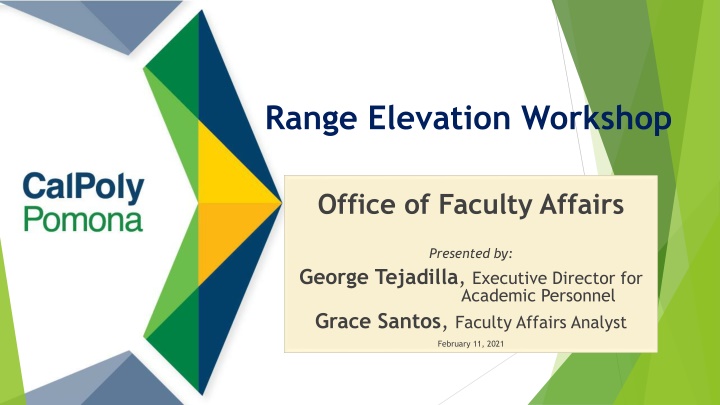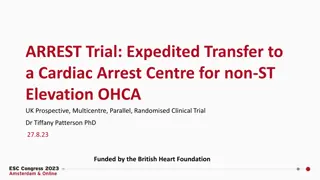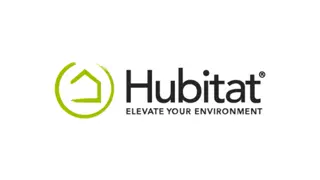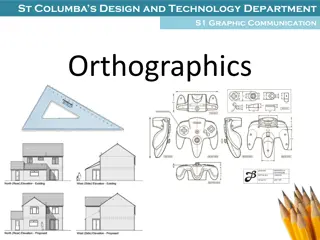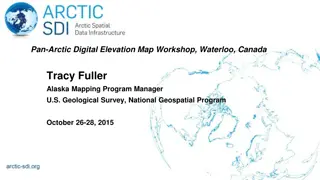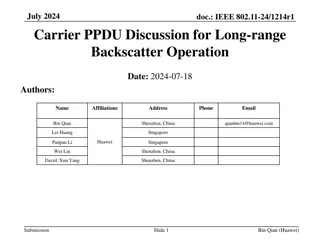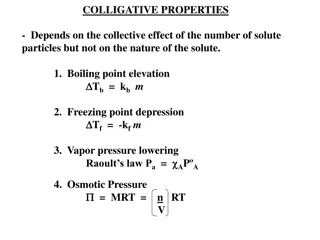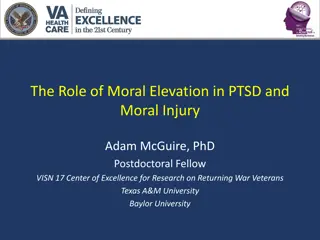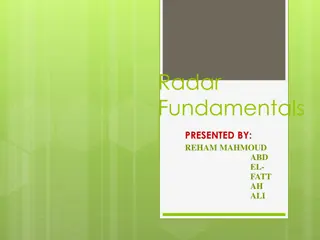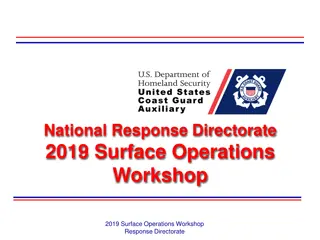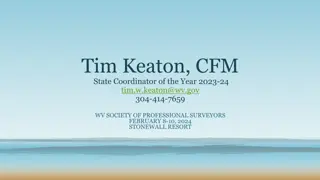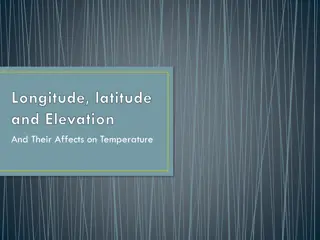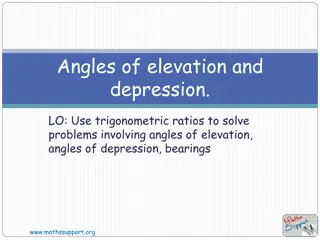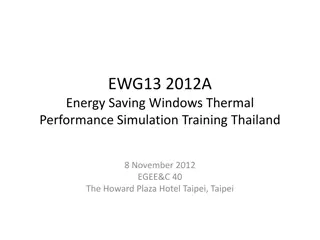Range Elevation Workshop
Policy 1332 outlines the criteria and application process for temporary faculty members to qualify for Range Elevation, focusing on the importance of good teaching and continual competence in the academic fields at Cal Poly Pomona. Faculty evaluations and guidelines for Range Elevation decisions are discussed in detail.
Download Presentation

Please find below an Image/Link to download the presentation.
The content on the website is provided AS IS for your information and personal use only. It may not be sold, licensed, or shared on other websites without obtaining consent from the author.If you encounter any issues during the download, it is possible that the publisher has removed the file from their server.
You are allowed to download the files provided on this website for personal or commercial use, subject to the condition that they are used lawfully. All files are the property of their respective owners.
The content on the website is provided AS IS for your information and personal use only. It may not be sold, licensed, or shared on other websites without obtaining consent from the author.
E N D
Presentation Transcript
Range Elevation Workshop Office of Faculty Affairs Background design is of Cal Poly Pomona logo Presented by: George Tejadilla, Executive Director for Academic Personnel Grace Santos, Faculty Affairs Analyst February 11, 2021
What is Range Elevation? Range Elevation is the increase in salary by movement from one range to the next, Range A to B, B to C, C to D. If granted, a Range Elevation brings a salary increase of at least 5%. [Original] Starting in Fall 2017, for those eligible, Range Elevation shall be accompanied by a salary increase of at least 5%, or more in order to reach at least the minimum of the next range. [Full-Time Adjusted Service (FTAS)] February 18, 2025
Original Range Elevation Range elevation represents a minimum 5% increase in salary and movement from one range to the next. To be eligible for a range elevation you must be at or above the SSI max for your current range and have been in that range for at least 5 years. (stagnant) February 18, 2025 3
Effective Date for Increases Ra n g e elevation, as well as applicable salary increase, shall take effect at the beginning of the first appointment in the academic year following review. February 18, 2025
Policy 1332 Temporary Faculty Range Elevation Applications shall be accepted between December 15 and January 31 of each year. Any lecturer who by the end of the academic year will have met the eligibility criteria should apply during this period. The application shall consist of a written letter or memorandum clearly stating the applicant's request. This shall be accompanied by a CV and a description of professional development in support of lecturer work assignments, both updated from the initial appointment or last range elevation, whichever is more recent. February 18, 2025
Policy 1332 Temporary Faculty Range Elevation 4. Criteria for Range Elevation Whereas (a) good teaching is of fundamental importance in the evaluation of all faculty members, and (b) in order to ensure good teaching, it is essential that faculty remain competent in the fields in which they teach, it is necessary that continued competence be demonstrated in evaluations for range elevations. At advanced levels of academia, competence is assessed via scholarship in the field. It is recognized that scholarship is broadly defined at Cal Poly Pomona, and includes the scholarship of teaching. In addition to teaching and demonstration of continued competence, lecturers shall be evaluated on other assigned duties that are contained either in their contract or letter of appointment. No lecturer shall be required to perform service if service is not an assigned duty. Departments shall establish their own guidelines for range elevation decisions, subject to approval by the Associate Vice President for Faculty Affairs. The committee that deals with range elevation requests may make use of existing annual evaluations to the extent that they feel they are adequate. February 18, 2025
FTAS Determination of Eligibility Full-time adjusted service (FTAS) shall be established as of the beginning of the 2017/18 academic year. For each academic or fiscal year, FTAS is defined as the average timebase over the academic or fiscal year, divided by 0.8 up to a maximum of 1.0 for the year, within a single department. Examples: (a) if a lecturer s average timebase over an AY was 0.4 [12 WTUs], then the FTAS for that year is 0.4/0.8 = 0.5. (b) if their average timebase was 0.8 [24 WTUs], the FTAS for the AY is 0.8/0.8 = 1.0 (c) if their average timebase was 1.0 (full-time) [30 WTUs], then their FTAS for the AY is 1.0, the maximum allowed (1.0/0.8 = 1.25) February 18, 2025
Sample of Full-Time Adjusted Service (FTAS) Calculation February 18, 2025
FTAS: What is the Percentage of Increase? Range elevation shall be accompanied by a salary increase of at least 5% or whatever percentage increase is required to reach at least the minimum of the next range, whichever is greater. Example: An eligible Lecturer in Range A has a full-time base salary of $4300 per month (which is above the Range A minimum of $4,229). Movement to Range B takes them to the minimum of $5,046 monthly, a 17.35% increase! Under Original Range Elevation, the increase would be 5% ($4,440); but only after being at or above the SSI max for your current range and have been in that range for at least 5 years. February 18, 2025
Summary of Salary Schedule February 18, 2025
Sample Range 2 Lecturer February 18, 2025
Sample Range 3 Lecturer February 18, 2025
Sample Range 4 Lecturer February 18, 2025
2021 Range Elevation Calendar November 16 Department Chair: Submits criteria for lecturer range elevations to Associate Vice President for Faculty Affairs November 30 AVP for Faculty Affairs: Notifies lecturers eligible for a range elevation. January 31 Candidate for Range Elevation: Submits application to Department Chair. February 15 Department Chair: Provides applications from candidates to Department Review Committee consisting of at least 3 tenured faculty members. February 15 Mar 1 Department Review Committee: Evaluates candidates for range elevation. February 15 Mar 1 Department Chair: If the Department Chair is not on the Department Review Committee, the Department Chair may evaluate candidates for range elevation. March 1 Department Review Committee: Recommendations from the committee goes through the Department Chair. The recommendation is to be in memo format, addressed to the Dean. The evaluation/recommendation from the Department Chair (if separate from the committee) is also due on this date February 18, 2025
2021 Range Elevation Calendar March 1 11 Candidate: Reviews recommendations from Department Review Committee and Department Chair. The candidate has ten calendar days to write a response if desired. March 11 Department Chair: Forwards recommendations and candidate s responses, if any, to the Dean. March 11 March 25 Dean: Reviews recommendations from Department Review Committee and Department Chair and evaluates candidate for range elevation. March 25 Dean: Provides a copy of his/her evaluation and recommendation to the candidate. The recommendation is to be in memo format, addressed to the Provost. March 25 April 8 Candidate: Reviews evaluation/recommendation from the Dean. The candidate has ten calendar days to write a response if desired. April 8 Dean: Forwards recommendations (Dean s and department s) and candidate s responses, if any, to the AVP for APPFA. April 8 April 22 Provost: Reviews recommendations and evaluates the application. April 22 Provost: Informs candidate of decision. May 3 Candidate: May submit an appeal of a negative decision to the AVP for APPFA. February 18, 2025
Q & A February 18, 2025
